Is AI Set to Take Over Packaging?
Press release from the issuing company
The technology has its uses but will it replace anybody in packaging?
With artificial intelligence (AI) technology developing faster than ever, can the packaging sector afford to ignore it – and should it be concerned?
AI promises to be one of the next tectonic shifts in the packaging landscape, although rather than some far-off, sci-fi concept, it is already here. Companies around the world are tentatively exploring how this technology can help to streamline new designs or generate new ideas. Trade show floors at events like London Packaging Week are buzzing with discourse about the potential of AI and how it will shape our future.
However, whilst some businesses are watching these developments with interest, others are looking on in trepidation. If a computer can design packaging quickly and cheaply, is it going to effectively take over designers’ jobs? Will AI be a magic tool for effortless creativity? Or is the truth more mundane, falling somewhere in between?
“We shouldn’t be afraid of AI,” stated Evelio Mattos, creative director of packaging at IDP Direct. “I think a lot of people are afraid of it and there are so many new applications that they may feel like they are too far behind to catch up, but now that we have been using it for a while, it really doesn’t have a purpose the way that we that we thought it was to replace us. Put simply, AI is just another tool that we can use.”
In actuality, AI has been around for decades in some form of another; only recently has it begun to enter everyday life. From chatting with virtual assistants to text predictions in word processing software, the technology has come on leaps and bounds with the capacity to automatically generate images and text based on simple prompts.
Mattos believes that rather than replacing human potential, AI will instead augment it. Although this technology has uses across the entire design process, from developing initial concepts all the way to the package reaching the consumer, it will still require human action and input. When it comes to design, for example, AI is no substitute for the knowledge and experience of a skilled designer. “Put simply, it is just another tool in their belt,” he said, before adding: “For something with the word ‘intelligence’ in its name, AI can sometimes be remarkably stupid. This technology is not capable of true ‘thought’, and designers are still needed to develop creative ideas. Instead, AI may be better suited for brainstorming and creating a mood board for visualising a brief, curated to the client’s requests and hopefully in line with their brand. If a client provides specific terms on the style they are looking for, these can be fed into AI to generate images – even if half the time they just come back with ‘that’s not what I want’. So it helps you clarify language for mood boarding, for images, helping to put all your thoughts together, but again, it’s just a tool. Don’t let it design for you or think for you, because it can’t think.”
However, for his own design work, Mattos himself has moved away from focusing on how AI can create visual designs, to exploring its applications for bouncing ideas off and for challenging his work.
“I’ve actually moved away from it for visual, and I really focus on type,” he said. “If I have a general idea on what kind of packaging I want to create, I’ll put that into ChatGPT and have a conversation with it to help me synthesise my concept in text. And then I’ll go and create. It’s like having a sounding board that’s not just saying yes to you but is challenging you and asking questions to get a deep meaning as to why you’re trying to design something a certain way. That’s where I’ve seen the best use case.”
Today, AI has not yet quite reached full market penetration in packaging, but over time, it will start to play a larger and larger role in everything from the design process to marketing. But even in five years, when the packaging sector has got to grips more with the technology, embraced it, and figured out how to use it appropriately, the marks that is has left may not be immediately visible. Designers will still need to be involved in the process; if not, all packaging will end up just looking the same.
This is due to data. AI relies on data to understand the prompts it is given, trawling vast banks of text or images to essentially ‘learn’ from. If all businesses are pulling from the same data set, the results for prompts about packaging design would mostly end up looking similar, as they would use the same references. stymie creativity.
“Nespresso and Starbucks have got their own datasets that they are using to create their own AI,” said Mattos. “If I start using AI, I’m using the general data set – I don’t have my own personal one. And if any of the companies here that are showing start using AI, they will be using the same dataset everyone else will, so the results aren’t necessarily the right ones for that.
“That’s why these big brands are building their own datasets, so Nespresso’s results won’t be the same as Starbucks’ and vice-versa.”
Whilst packaging designers can take inspiration from AI, it is far from the only source to pull from. Competitors, different materials, different sectors – all of these can help to craft unique, innovative packaging, and events like London Packaging Week are the perfect way to see these sources of inspiration first-hand, forging networks that fuel true creativity rather than an artificial simulation.
Like it or not, AI is here to stay. As the technology advances, it will be an increasingly important tool for the packaging sector – but will remain just a tool. It is not coming for anyone’s jobs, as it cannot think for itself. As a result, creative designers will always sit at the heart of the packaging creation process, collaborating with technology to drive the industry forward.
- The Integrators on Renewability and Sustainability
- Carbon Black and Inkjet – Part 2
- Spring 2024 Inkjet Installation Roundup
- An inkjet throwback: The original direct-to-corrugated inkjet solution
- Unintended Consequences of Regulation
- Don’t let your equipment keep you up at night
- Cutsheet Inkjet Has Arrived!
- Fujifilm Dimatix Advancing the middle ground with SkyFire

WhatTheyThink is the official show daily media partner of drupa 2024. drupa Event Coverage | drupa daily programs
© 2024 WhatTheyThink. All Rights Reserved.

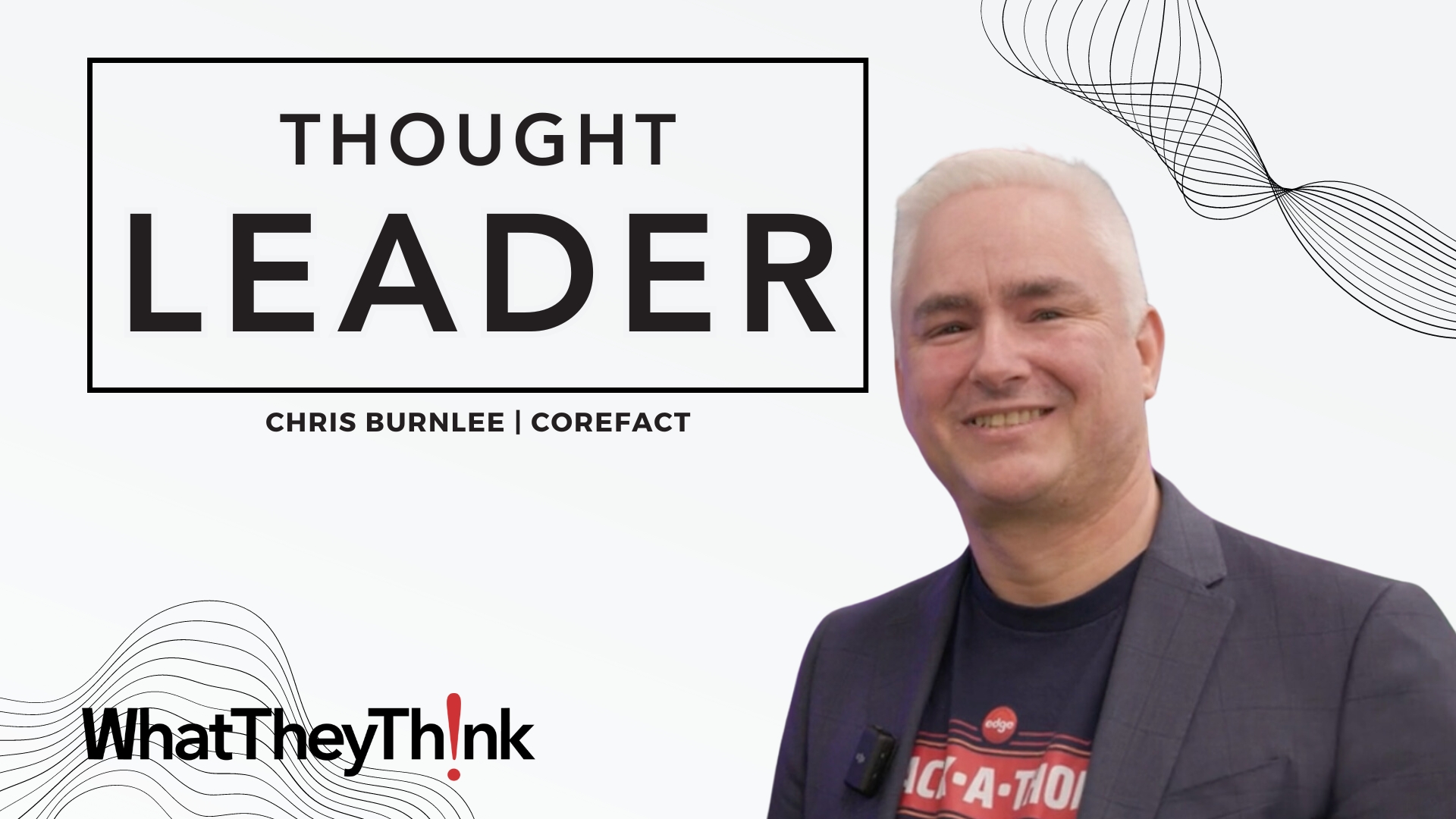


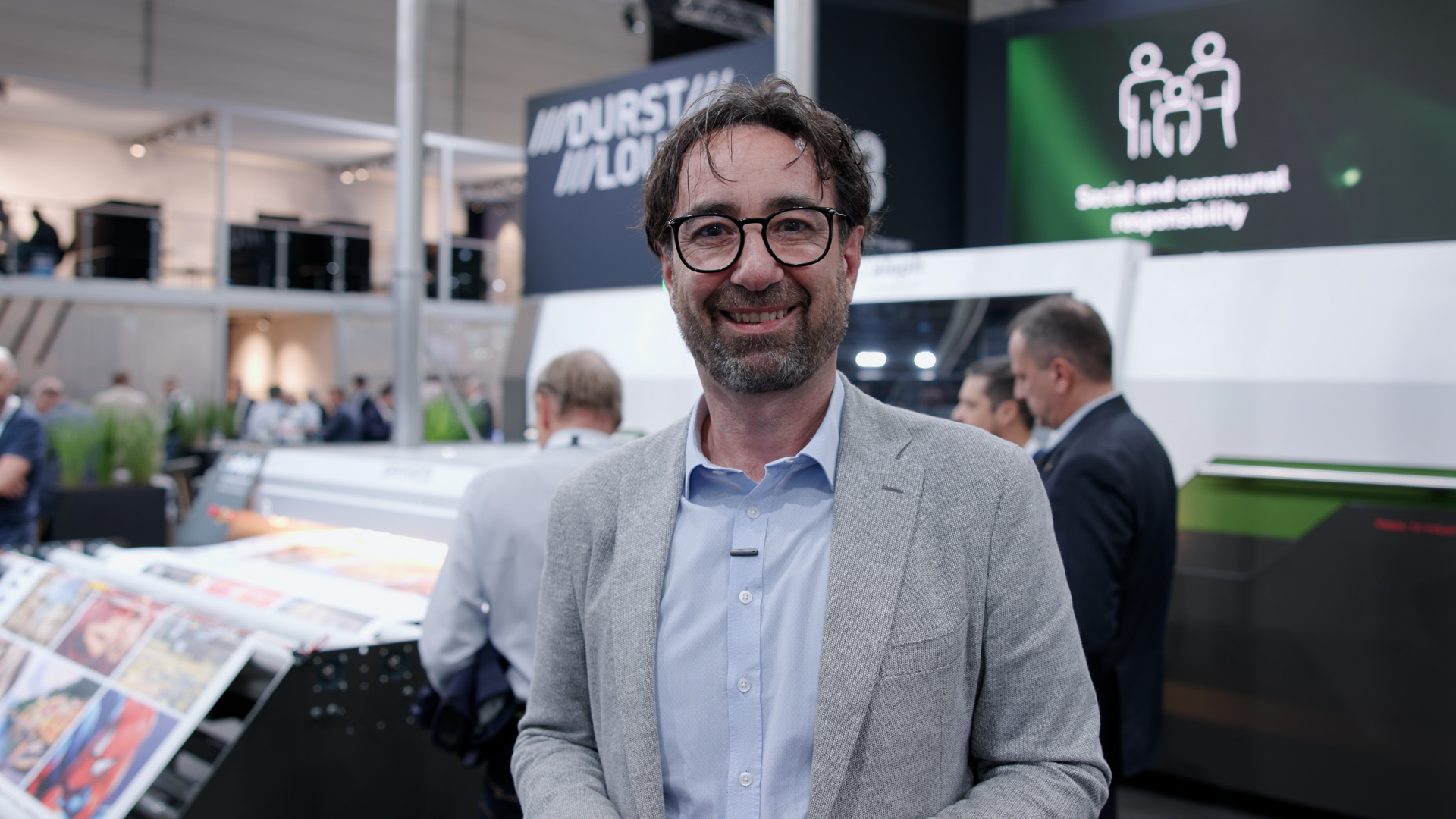


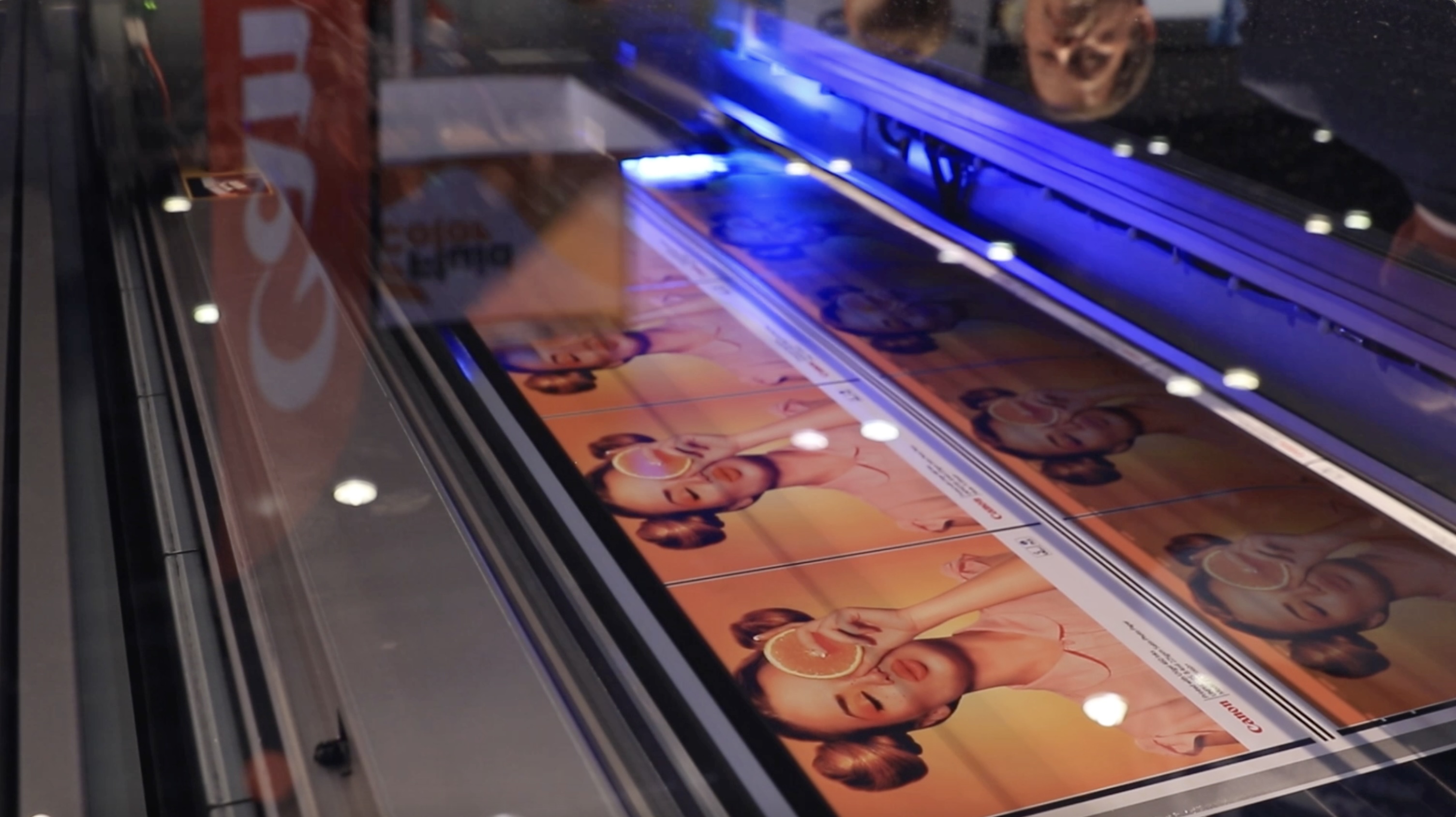
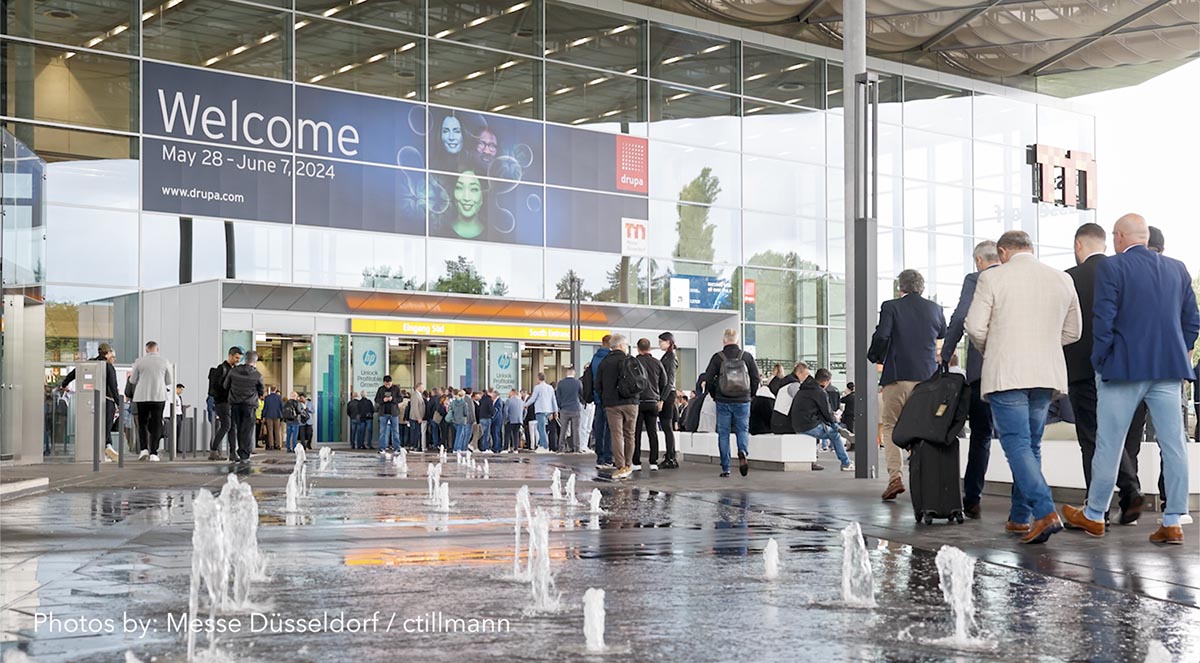
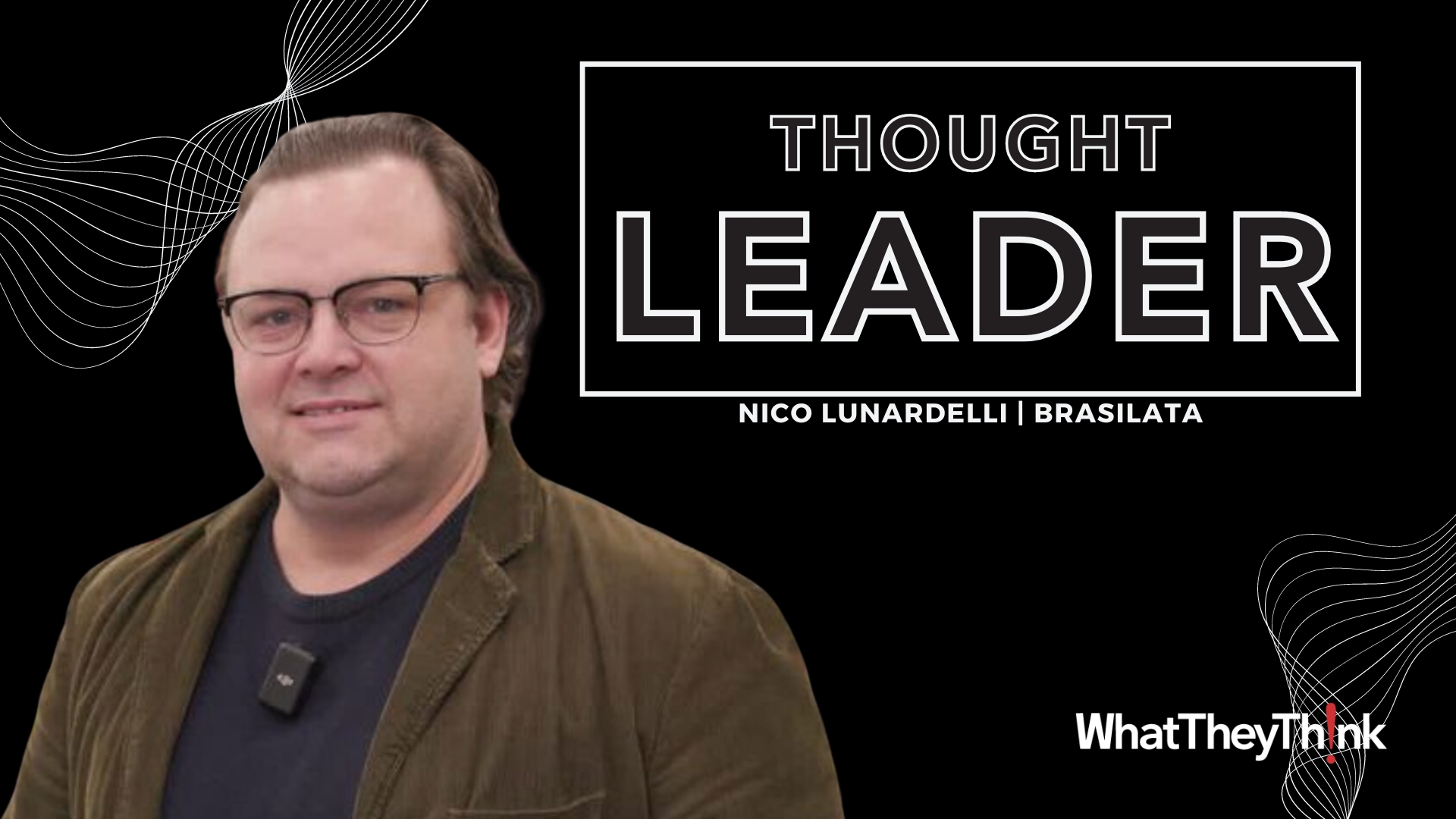
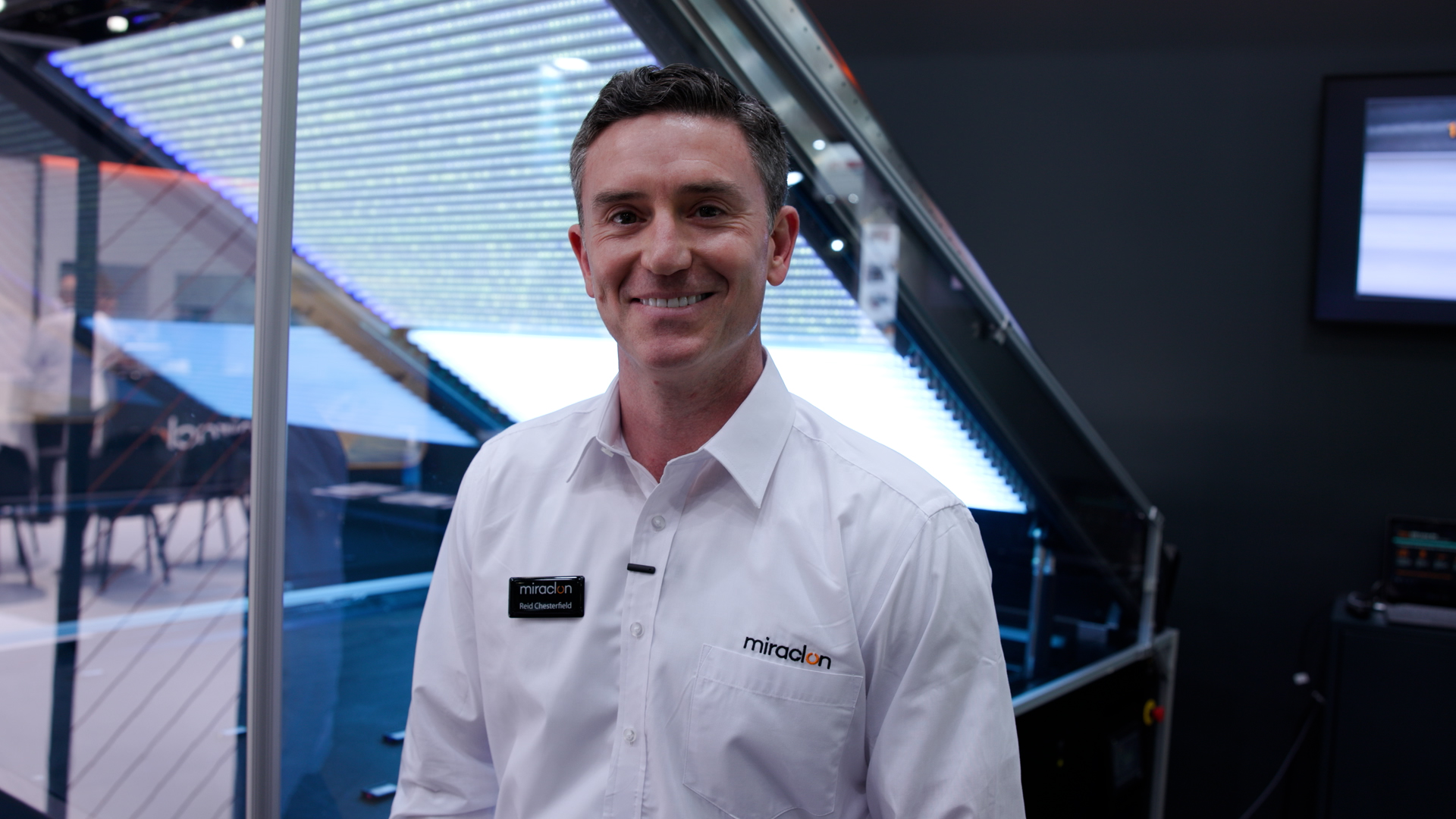

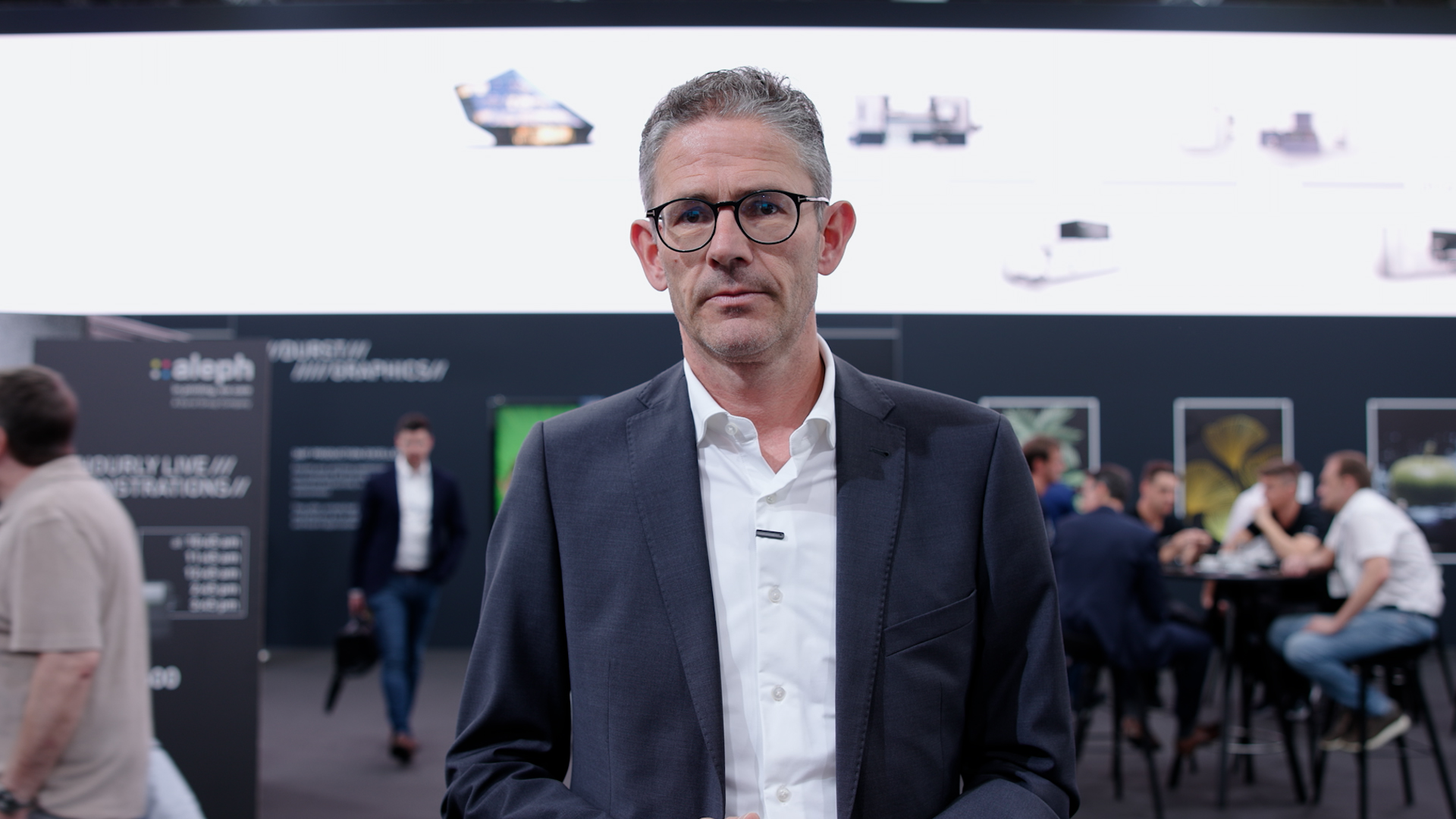

Discussion
Join the discussion Sign In or Become a Member, doing so is simple and free